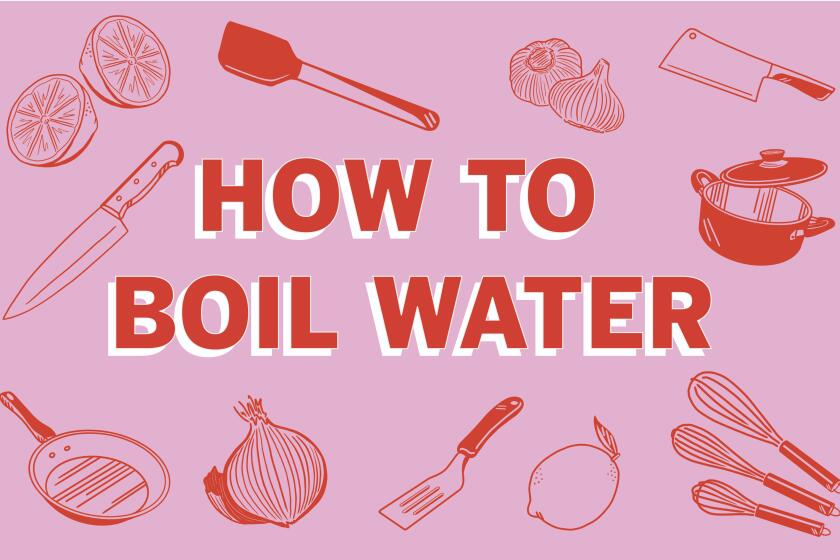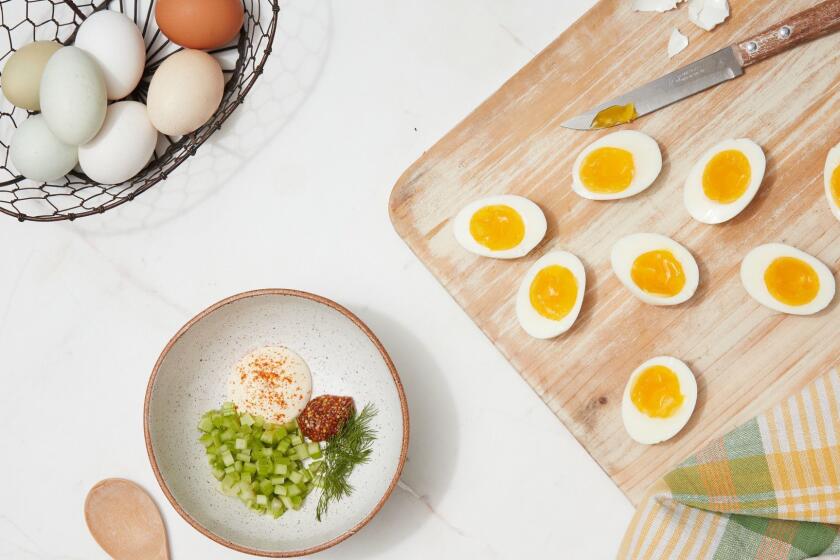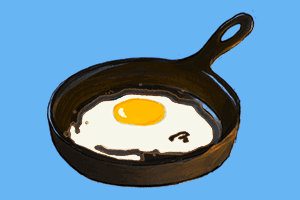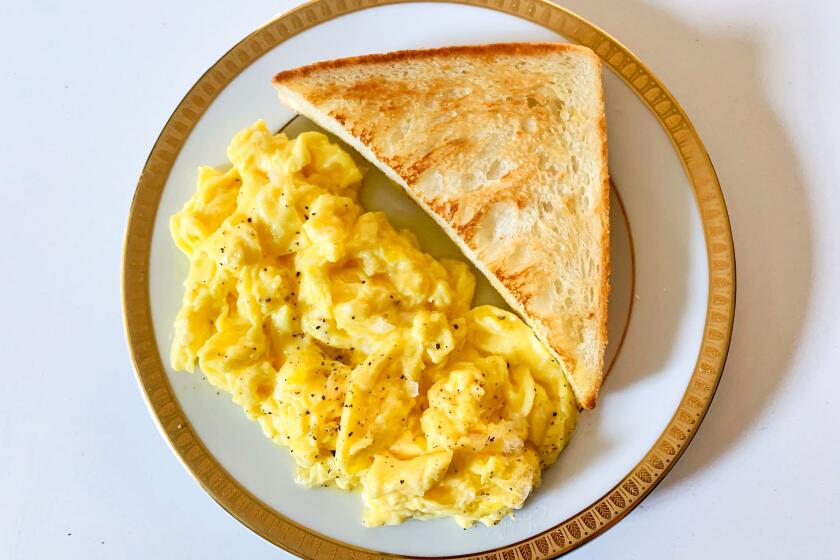Want to make dinner in five minutes? Then it’s time for scrambled eggs
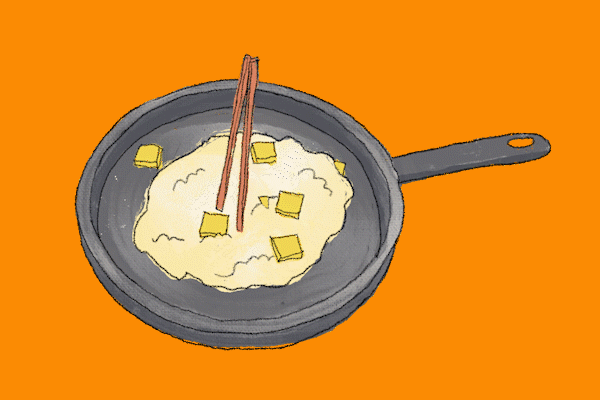
With so many of you having to stay home and cook for the first time — ever or more than you have in a long time — we get that it can be overwhelming to have to cook all your meals from scratch. So we’re here to get you started. Each day we’re going to post a new skill here and go into detail about how to do it — a resource for cooking basics so you can get food on the table and get through this.
A series of simple tutorials for making some basic recipes at home.
Lesson 36: Silky Scrambled Eggs
There’s only one hard-and-fast rule for scrambled eggs: Don’t overcook them. You don’t want tough, dry or rubbery eggs; aside from that, anything goes.
To arrive at great scrambled eggs, keep the heat low and pay close attention to the pan. The technique you choose next depends on what you like or, if you’re making these for a Mother’s Day breakfast, what Mom prefers.
Scrambled egg styles range from slow-cooked custardy to fluffy puffs. For the former, whisk eggs and butter in a skillet over very low heat or a bowl over a saucepan of simmering water until they’re super creamy with tiny curds. This can take anywhere from 10 to 20 minutes. For a fluffy scramble, beat the eggs with heavy cream so extra air bubbles are in the mix, then stir over low heat for cloudlike poofs.
There’s no one way to a boil an egg, and my cooking colleague Ben Mims and I each have our own preferred way.
My scrambled egg preference is silky with twisted wavy sheets. To achieve that texture, I rely on chopsticks. A whisk breaks the eggs into too-fine curds and a wooden spoon or spatula doesn’t break them up enough. Chopsticks lift the crepe-thin layers of barely set eggs and keep them intact before splitting them into scrambled swirls.
To keep the eggs perfectly runny, you need to manage the heat from start to finish by adjusting the stove’s dial and by manipulating the ingredients’ temperature. Although eggs straight from the fridge scramble just fine, they’re better if they lose their chill first. Using chopsticks or a fork, beat them with a tiny pinch of salt until big bubbles form, then let them rest while preparing toast and a mimosa. You want to be ready to serve the eggs as soon as they come off the heat.
To give the eggs extra creaminess, I add the butter in two stages. First, I melt half a pat in the pan, then I stir in the other cold half after the eggs start to set. Before I sizzle the butter, I heat the nonstick pan over a medium flame. I want it past warm but before scorching — a minute or two at most. I lower the heat a few notches to just above low, then slide the butter around the pan while it bubbles. When a pea-sized solid piece is left, I pour in the eggs and immediately turn the heat to low.
Once a fine film coats the bottom, in 15 seconds or so, I use chopsticks to pull it from the sides and bottom over the wet eggs in the center. I toss cold butter right onto the eggs and slowly flip the mix with my chopsticks until three-quarters are set. At that point, I turn off the heat and pull the pan off the heat. I give the eggs one more swirl before sliding them onto the plate.
This fried egg technique results in sunny side up eggs with runny yolks and crisp, crackly browned edges around the whites.
They’re great plain but better piled onto toast. While sourdough is all the rage these days, I prefer something less aggressive, like brioche, pain de mie or sandwich bread. Any slice that toasts to a light crunch outside with a tender center complements these silky, buttery eggs nicely. Whether you’re delivering the combo to Mom in bed or eating them on your own, just be sure to enjoy the dish hot.
Silky Scrambled Eggs
More to Read
Eat your way across L.A.
Get our weekly Tasting Notes newsletter for reviews, news and more.
You may occasionally receive promotional content from the Los Angeles Times.
